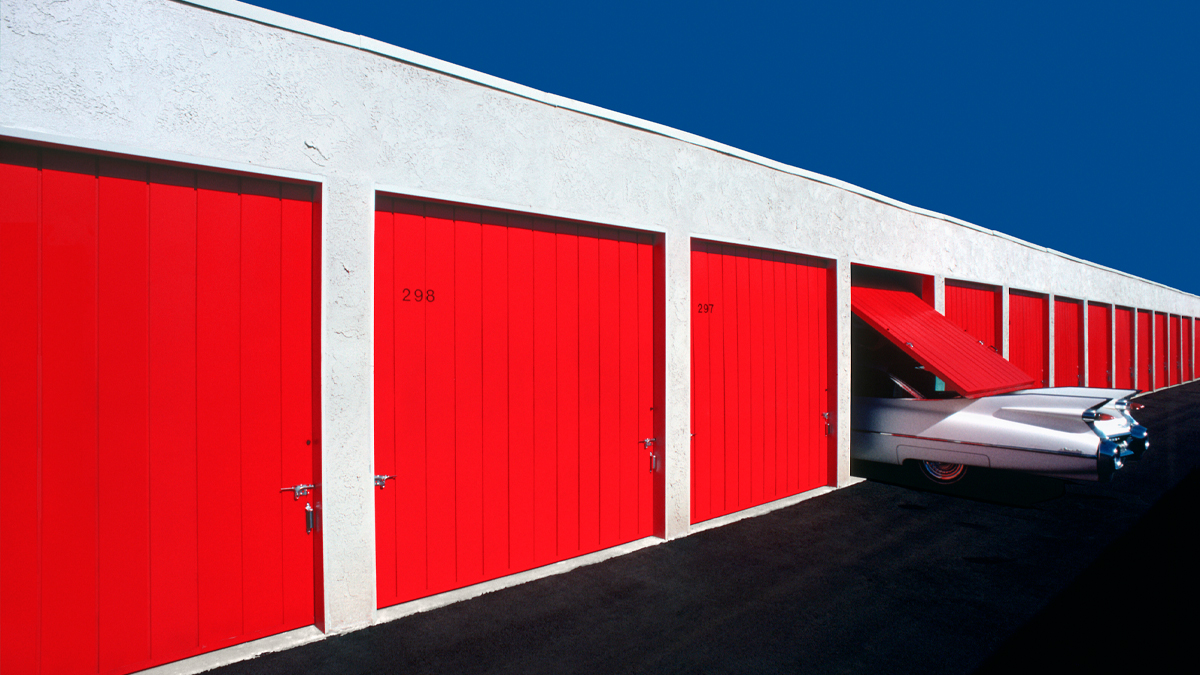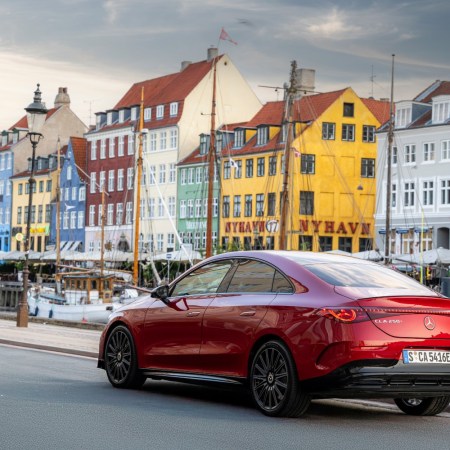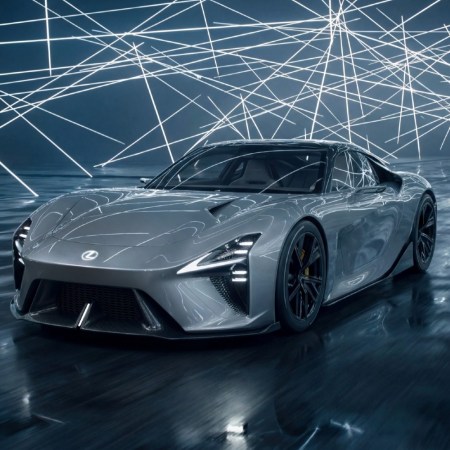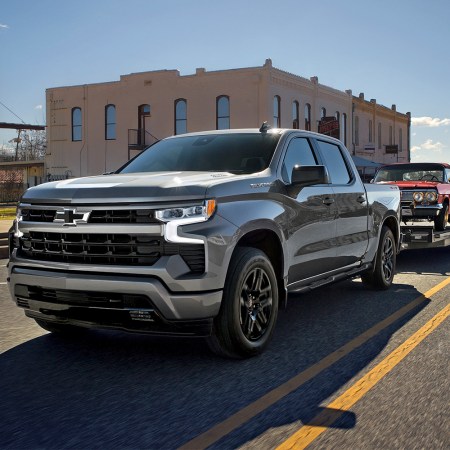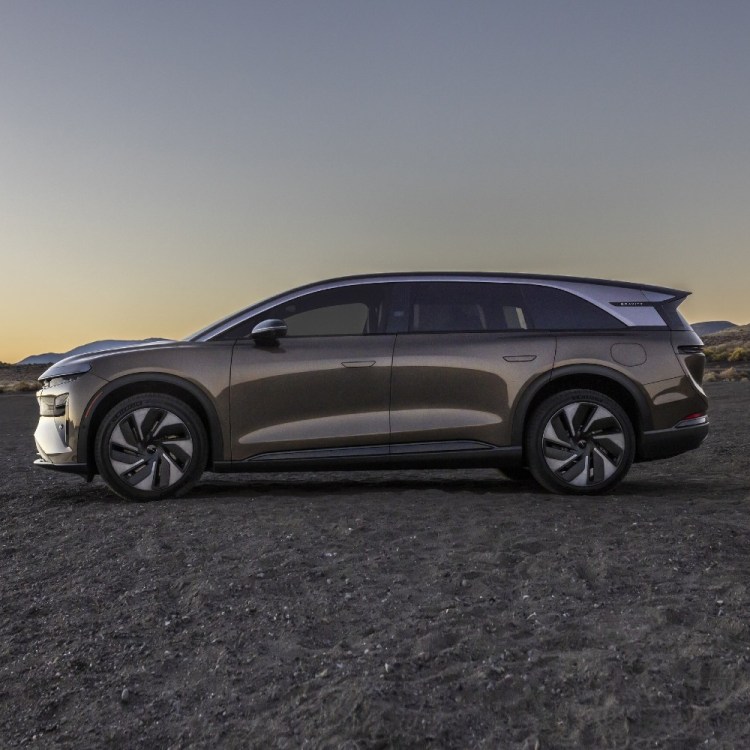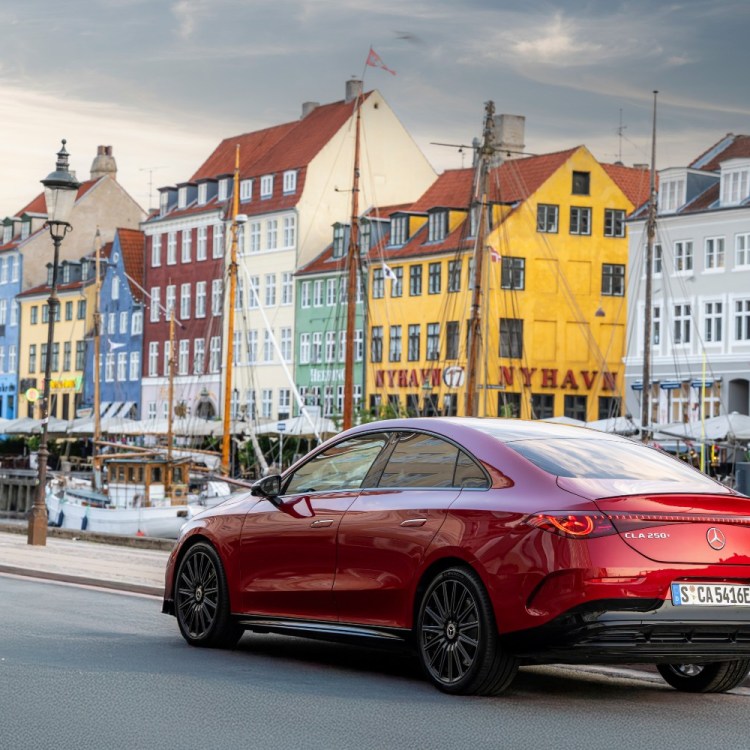On a recent evening in New York City, I stepped out of our midtown office to find myself wading through a stream of stimulation. Businessmen in tailored suits hurried to the subway while tourists posed for pictures amid glowing billboards and ads. Street performers danced to music, applauded by a growing crowd, and food vendors hawked quick bites for the hungry.
As I stood on a street corner waiting for the signal to change, a curious site passed by. Sleek and stealthy like a shark drifting through a school of fish, a limousine traveled quietly down the street, its windows tinted black and accent lights aglow. Like a kid, I stood there wondering which celebrity, athlete, CEO or lavish group of metropolitans occupied its cabin. But then I had another thought: I couldn’t remember the last time I’d seen one. What exactly happened to all the limos?
It wasn’t long ago that limousines could be found in abundance in every major city. The luxury vehicle ushered occupants to nightclubs, ballgames, highrise apartments and meetings in boardrooms. But somewhere along the way, the limousine disappeared from city streets almost entirely. To see one now is rare, almost startling, in a world dominated by black SUVs.
As I would discover, the disappearance of the limousine isn’t a result of one big change, but many that touch upon broader topics of safety, human behavior and radical development.
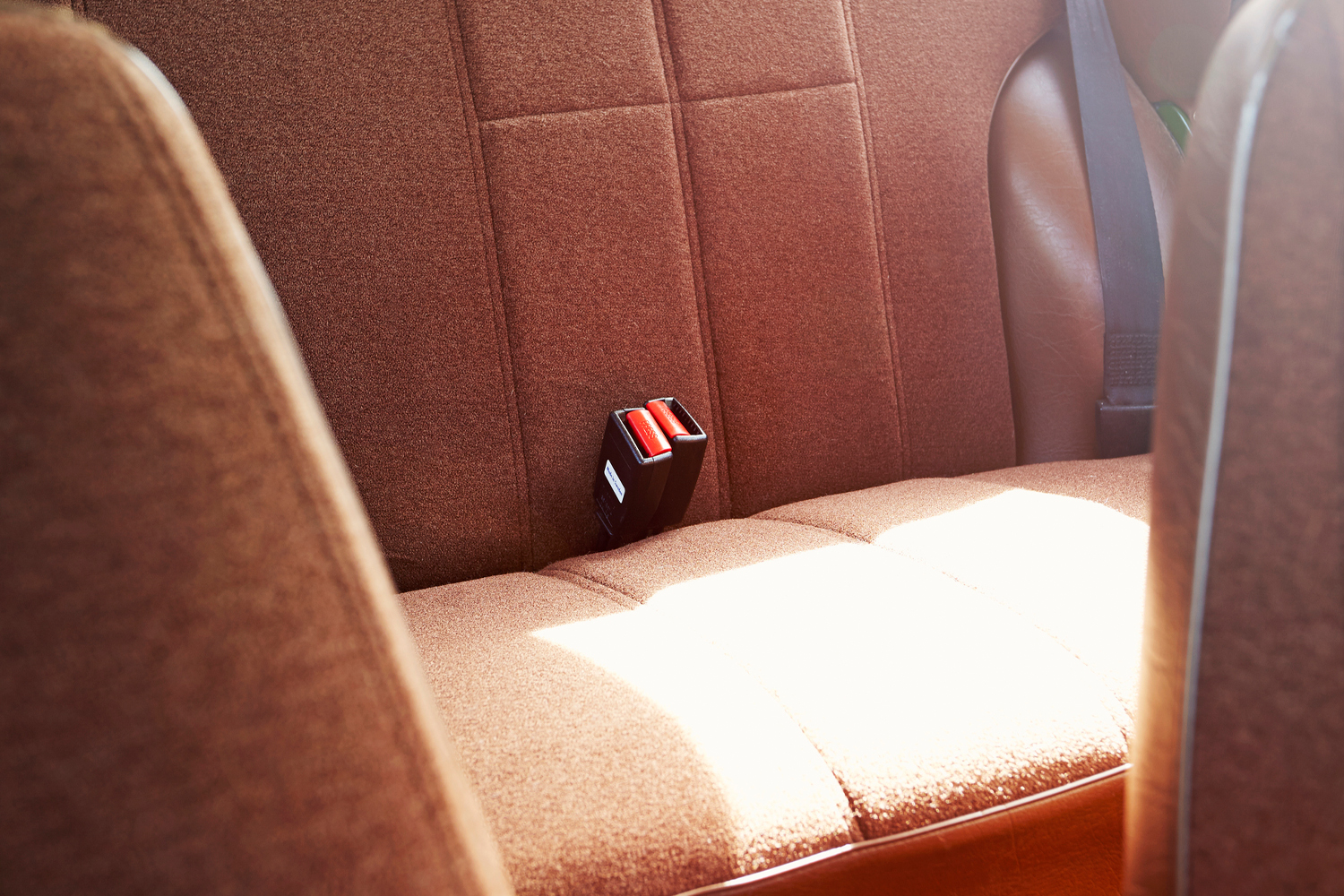
Stay on the Safe Side
As it stands, limos operate in a regulatory grey zone. After leaving the factory as a car or SUV, independent manufacturers heavily modify each vehicle without meeting strict federal guidelines, cutting away vital support structures before welding new parts and pieces in place. And while some regulations exist, they vary from state to state. The foggy standards and mandates surrounding limousines have contributed to a market ripe with uncertainty. That is to say, we may not know if a problem exists until something goes wrong.
The 2018 Schoharie accident stands as a prime example of these concerns surrounding limousine safety. When a 2001 Ford Excursion limousine’s brakes failed on a downhill stretch of road in Upstate New York, the vehicle, gaining speed in excess of 100 mph, lost control and crashed into a small ravine, killing 17 people inside as well as the driver and two bystanders. Details later revealed that the limo failed a safety inspection only a month before and was deemed unfit for the road. And while the vehicle was originally designed to hold only nine occupants, it doubled in capacity nearly two decades later.
Beyond standard inspections and scrutiny, limousine occupants rarely follow traditional rules of the road. A survey conducted by the Insurance Institute for Highway Safety found that those who ride in hired vehicles are less careful about wearing seatbelts than those traveling in private cars. As the former Suffolk County district attorney Thomas Spota said in 2016, “Without sufficient safety standards in place, it is nothing but a fine line between a stretch limousine and a hearse.”
While it’s true that minimal efforts are being made to improve limousine safety (New York passed a slew of limo laws in 2021 as a result of the Schoharie accident), the overarching, enduring lack of regulation accounts for one reason limos have fallen out of favor. They are an undeniable hazard on the road.
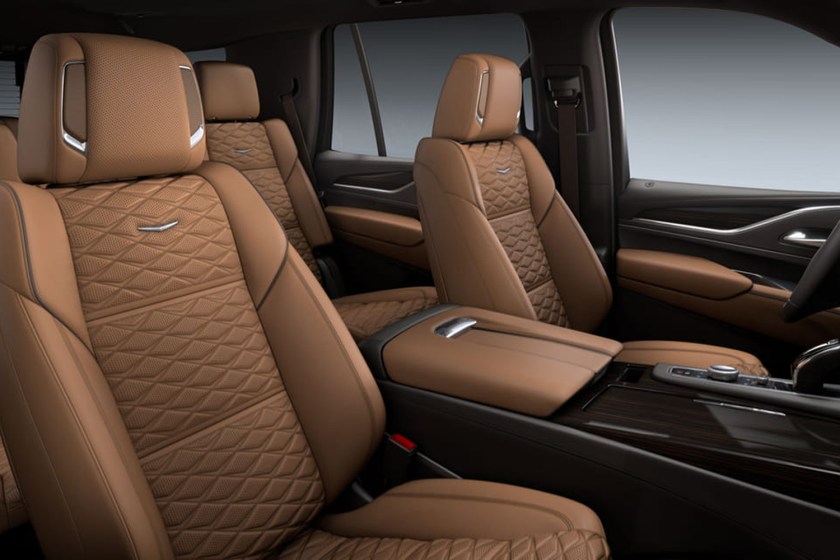
Changing With the Times
On a recent press trip to Stowe, Vermont, I found myself behind the wheel of a fully equipped 2022 Nissan Armada. As I sat in the driver’s seat and looked around the cabin, it was obvious that SUVs had grown astronomically in size. This behemoth, with its many bells and whistles, could haul a family of seven with room in the rear for a weekend away. By comparison, it made my 1999 Toyota 4Runner, a car that was once considered a large, capable vehicle designed to support the typical American family, look like a bug on the bumper.
My observation in that moment wasn’t inconsistent with reality, either. By all accounts, SUVs have grown in size as a result of improved safety features, creature comforts and generational evolution, and the growing popularity of SUVs is a reflection of demand. We want bigger and better, and that’s what we get in return. As it just so happens, this too might shed light on our declining interest in limousines.
How did we survive before these modern, massive SUVs existed? How did we travel in groups from one place to the next, and how did we do so in top-quality comfort? Well, options existed but they weren’t all that practical, nor did they meet our demands. We could, for instance, hail a taxi, but those seated only a handful of occupants and they’ve never been inviting. We could also hire a town car but again, its size was a deterrent. So our options, once upon a time, were practically limited to limos.
The relationship between SUVs and limos is an inverse one. As we grow accustomed to comfortable, commodious vehicles like the Cadillac Escalade (seen above), we move on from the luxury vehicles of the past. After all, why would anyone go to the trouble of hiring a limo when a luxury SUV can seat almost as many occupants and offer more comfort? It can also arrive at your door within minutes with a few taps of your phone (more on that later). Limousines aren’t being left behind because we don’t like them — we’ve simply created an ecosystem of better alternatives.

“Your Ride Is Here”
Perhaps the last piece of this limousine puzzle can be found within your phone. When you decide to shuttle from one place to the next with friends, the easiest way to do so is via rideshare. Apps like Uber and Lyft transport millions of people around the world each day, and nearly 25% of the U.S. population (that’s 82.5 million people) uses ride-sharing at least once a month. Much like the convenience of the modern SUV, it’s easier for us to hail a luxury car than it is to look up, compare and book a limousine service. Heck, even the largest rideshare companies in the world, Uber and Lyft, offer luxury services for those seeking a refined, limousine-like experience (Uber Lux and Lyft Lux).
Just as Blockbuster, Sears and MySpace fell to disruptors, so too have limousines succumbed to bigger ideas. We don’t want old, outdated, odd-smelling vehicles created in an undisclosed garage without government oversight. What we do want is simplicity and safety, and there’s nothing better than tapping a screen a few times to summon a luxury vehicle at your door in minutes.
I guess, in some way, this leaves the door open for an eager, courageous individual to resurrect the limousine. Sure, they’d need to upgrade old vehicles that have navigated the streets for years, ensure they’re safe and make it easy for me to arrange one on my phone, but is that really so difficult? After all, Jeff Bezos is flying to space and reversing aging as we speak, so maybe the idea isn’t so outlandish after all.
Until that day comes, I guess I’ll just catch a cab.
This article appeared in an InsideHook newsletter. Sign up for free to get more on travel, wellness, style, drinking, and culture.
